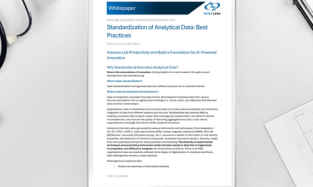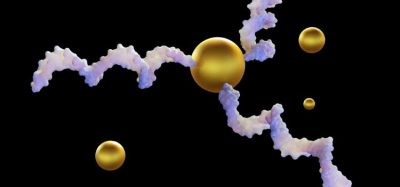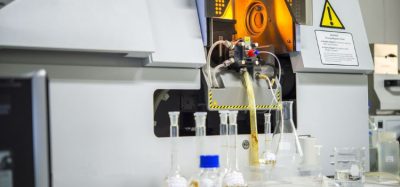Edinburgh Instruments’ Spectrometers help developing infrared lasers
Posted: 20 September 2016 | | No comments yet
Research in optical materials is rapidly moving towards stable, high-power laser sources emitting in the mid-infrared (mid-IR) region…
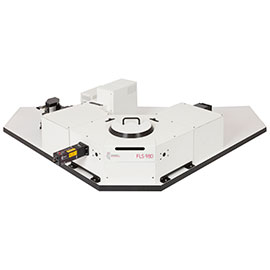

Research in optical materials is rapidly moving towards stable, high-power laser sources emitting in the mid-infrared (mid-IR) region. Despite their promising applications, there are currently not many commercially available lasers for this range of wavelengths (2 μm ‒ 8 μm).
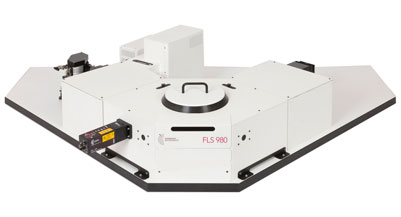

One of their main applications is in absorption spectroscopy for the detection of trace gases and atmospheric pollutants: many organic compounds have characteristic mid-IR bands, so the detection in this region is highly selective. There is also great potential for mid-IR lasers in the field of materials processing due to the strong absorption of some polymers in this region. In addition, human skin is a very efficient absorber at 3 μm thanks to a water band, which makes 3-μm lasers a powerful tool for surgery.
One of the first steps towards a commercially viable laser is to characterise the emission properties of the gain medium, which requires a spectrometer with detection in the mid-IR. Edinburgh Instruments mid-IR fluorescence spectrometers are currently used by leading scientists around the world to advance the research in laser materials.
One of Edinburgh Instruments’ mid-IR fluorescence spectrometers is in the Shanghai Institute of Optics and Fine Mechanics (China). Here, materials for solid-state mid-IR lasers such as rare earth-doped silicate or Cr,Fe:ZnSe have been successfully developed with help from an FLSP920 Spectrometer.
Near-IR lasers with emission near to 2 μm are also of great interest in medical imaging. Recently, a promising material with ~ 1.8 μm emission has been reported by the Changchun University of Science and Technology (China), also using an FLSP920 from Edinburgh Instruments.
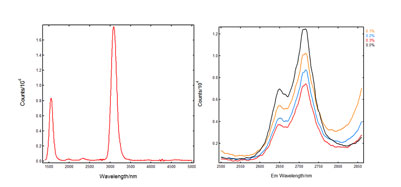

Left: Mid-IR luminescence from NaY0.77Yb0.20Er0.03F4 measured in an FLS980 with an InSb detector. Right: IR emission spectra of Er-doped tellurite glasses upon 808 nm excitation. Lanthanide-doped materials are promising gain media for IR lasers.
Edinburgh Instruments offers an extensive range of IR detectors to characterise the spectra and lifetime of IR-emitting materials, with options to suit all budgets. The FLS980 spectrometer offers InGaAs detectors with cut-off wavelengths of 1.65 μm, 2.05 μm and 2.55 μm, InAs detectors (3.1 μm) and InSb (5.5 μm) detectors; as well as InGaAs detector arrays. The FS5 Spectrofluorometer has the NIRA+ option, covering up to 1650 nm.
As one of the world’s leading manufacturers of state-of-the-art fluorescence spectroscopic instrumentation, we pride ourselves in being able to meet the most demanding research and technical requirements.




